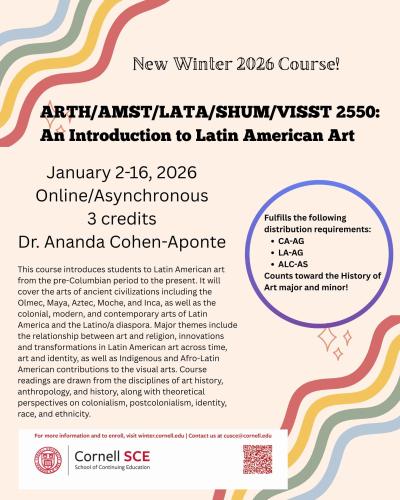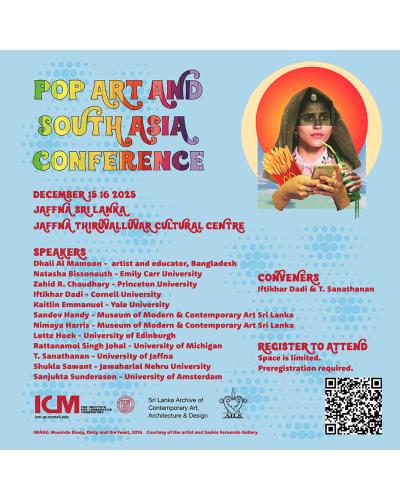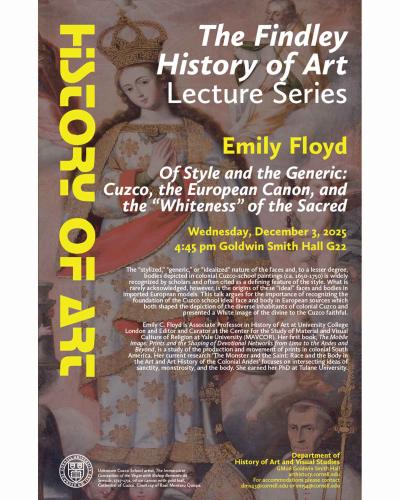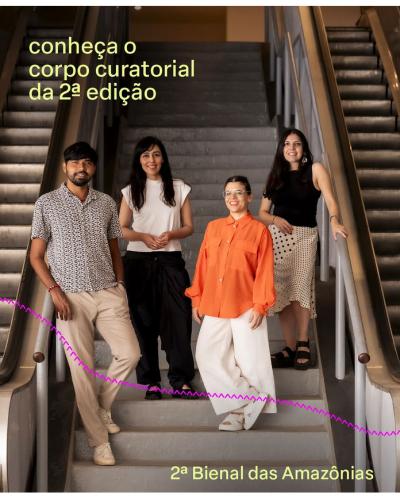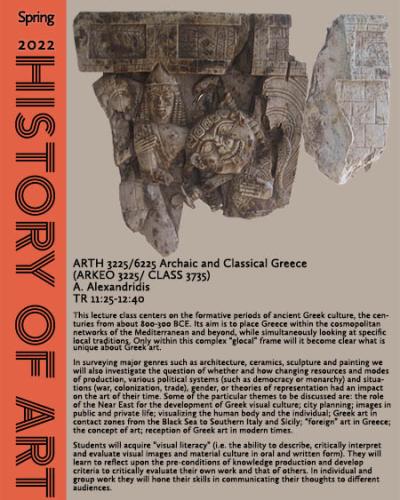ARTH 3225/6225 Archaic and Classical Greece (ARKEO 3225/ CLASS 3735)
A. Alexandridis
TR 11:25-12:40
This lecture class centers on the formative periods of ancient Greek culture, the centuries from about 800-300 BCE. Its aim is to place Greece within the cosmopolitan networks of the Mediterranean and beyond, while simultaneously looking at specific local traditions. Only within this complex “glocal” frame will it become clear what is unique about Greek art.
In surveying major genres such as architecture, ceramics, sculpture and painting we will also investigate the question of whether and how changing resources and modes of production, various political systems (such as democracy or monarchy) and situations (war, colonization, trade), gender, or theories of representation had an impact on the art of their time. Some of the particular themes to be discussed are: the role of the Near East for the development of Greek visual culture; city planning; images in public and private life; visualizing the human body and the individual; Greek art in contact zones from the Black Sea to Southern Italy and Sicily; “foreign” art in Greece; the concept of art; reception of Greek art in modern times.
Students will acquire “visual literacy” (i.e. the ability to describe, critically interpret and evaluate visual images and material culture in oral and written form). They will learn to reflect upon the pre-conditions of knowledge production and develop criteria to critically evaluate their own work and that of others. In individual and group work they will hone their skills in communicating their thoughts to different audiences.

